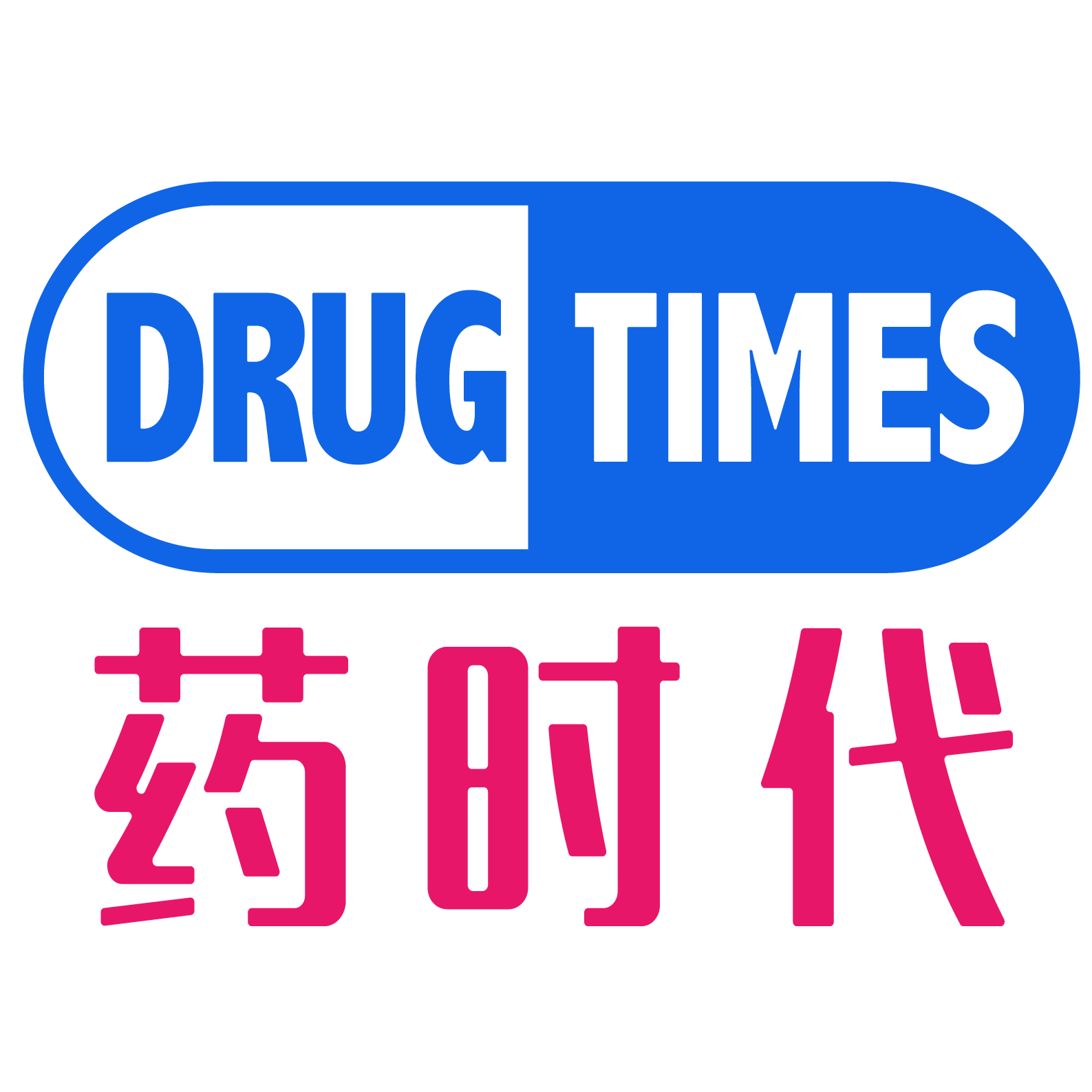
As the “heart” of the global biotech industry, Boston and its surrounding areas, including Cambridge and Kendall Square, are home to thousands of biotechnology companies, top-tier research institutions, and venture capital firms.
DrugTimes has been closely following and reporting on this sector, even comparing Shanghai Zhangjiang, China’s first “Pharmaceutical Valley,” with Boston.
– June 22, 2017: “Boston: The Best Place in the World to Start a Biotech Company!”
– December 5, 2018: “Without Zhangjiang, How Can There Be Brilliance! The World Focuses on Zhangjiang, Cheering for China’s Kendall Square!”
– March 31, 2021: “Exploring Kendall Square: How to Build a First-Class Biomedical Innovation Ecosystem”
However, since 2023, this region, once hailed as the “Silicon Valley of Life Sciences,” has been experiencing an unprecedented industry downturn. Reduced funding, plummeting stock prices, and widespread layoffs have gradually replaced the once-optimistic growth expectations with anxiety. This recession is not only a matter of corporate survival but also reflects the deep-seated structural challenges facing the global biotech industry.
Recently, the globally renowned media outlet STAT covered the situation with a rather poignant headline: “In the Boston area, biotech’s hub, a slump is being acutely felt——Hopes for an industry comeback have largely been replaced with anxiety.”
Today, based on the theme of this article, DrugTimes will delve further into the topic and explore it together with our many friends.
We welcome friends who are interested to share their views in the comments section! Critical feedback is also encouraged!
The Fading Prosperity: Multidimensional Manifestations of Industry Decline
The decline of Boston’s biotech ecosystem began with the cooling of the capital market. In 2022, the number of IPOs by US biotech companies plummeted from 113 in 2021 to just 22, with financing amounts shrinking by nearly 80%. This trend intensified in 2023: the share price of local star company Moderna in Boston fell by 70% from its peak, while the market value of gene-editing companies such as CRISPR Therapeutics was halved. Private equity funds became increasingly cautious about investing in early-stage projects. One venture capitalist frankly stated, “The standard now is no longer ‘Can it change the world?’ but ‘Can it turn a profit within 18 months?'”
Corporate contraction has had a direct impact on the job market. In 2024, biotech companies in the Boston area laid off more than 5,000 employees. Laboratory equipment supplier Sartorius closed a local factory, and gene-sequencing giant Illumina cut 15% of its R&D positions. A laid-off scientist said in an interview, “Three years ago, I received five job offers at the same time. Now, I’ve sent out hundreds of resumes, but there’s no response.”
The deeper crisis lies in the weakening of innovation momentum. An annual industry report from the Massachusetts Institute of Technology (MIT) shows that in 2024, the number of biotech patent applications in the Boston area decreased by 12% year-on-year, and the success rate of financing for early-stage research projects was less than 40%. The CEO of a startup lamented, “In this capital winter, even grand visions like ‘changing cancer treatment’ can no longer impress investors.”
The Roots of Decline: Structural Challenges and External Shocks
The current downturn is not a random occurrence but rather the result of a confluence of multiple factors.
1. Market Correction Following the Burst of Capital Bubble
The biotech investment frenzy triggered by the COVID-19 pandemic in 2020-2021 laid the groundwork for the current situation. At that time, the success of mRNA vaccines led to an excessive influx of capital into the field, with valuations severely deviating from reality. Take Moderna, for example. Its market value once exceeded US$200 billion in 2021, but the issue of a singular core product line remained. As the pandemic-related benefits faded, the market inevitably returned to rationality.
2. Tightening of Policy and Regulatory Environment
In 2023, the US FDA intensified its scrutiny of gene therapies and AI-driven drug development, leading to the suspension of clinical trials for several Boston-based companies. For instance, Bluebird Bio’s gene therapy for sickle cell disease was required to provide additional data due to safety concerns, resulting in a single-day stock price plunge of 30%. The heightened regulatory barriers extended the R&D cycle and further exacerbated financial pressures.
3. Changes in the Global Competitive Landscape
The biotech industries in regions such as China and Singapore are on the rise. In 2024, the Singaporean government announced an investment of SGD 5 billion to build a “Biocity” to attract multinational pharmaceutical companies like Eli Lilly and Roche to establish Asia-Pacific R&D centers. Meanwhile, the high operational costs in Boston (with laboratory rents reaching US$100 per square foot) have forced some companies to relocate their operations to lower-cost areas such as North Carolina.
Domino Effect: Economic Shocks from the Laboratory to the Community
The decline of the industry is reshaping the urban ecology of Boston.
The cooling of the real estate market is particularly evident. The vacancy rate in Kendall Square has soared from 5% in 2022 to 18% in 2024, forcing landlords to offer rent-free periods and renovation subsidies. A real estate broker said, “Three years ago, companies were lining up to rent spaces; now we have to actively visit potential clients.” The related catering and logistics services have also been affected. A family business in Cambridge that supplies laboratory equipment to biotech companies went bankrupt in early 2024.
The crisis of talent outflow is gradually emerging. The proportion of Harvard and MIT graduates entering the biotech industry has dropped from 65% in 2021 to 48% in 2024, with more people turning to the fields of AI or finance. A professor of bioengineering at MIT expressed concern, “If the industry does not recover, we will lose an entire generation of scientific research talent.”
Breaking the Deadlock: Industry Self-Rescue and Future Outlook
Faced with the crisis, the Boston biotech community is exploring solutions from multiple dimensions.
-
Pivoting to Pragmatic Innovation
Companies are beginning to focus on “commercializable” niche areas. For example, Novartis has partnered with a local Boston startup to develop small-molecule drugs for Alzheimer’s disease using its AI-based drug discovery platform. These projects, with their shorter R&D cycles, are more favored by investors. In 2024, the financing amount for AI + biotech in the Boston area increased by 12% against the trend, demonstrating the potential of this new direction. -
Government-Industry-Academia Collaboration to Break the Ice
The Massachusetts state government has launched the “Biotech Resilience Program,” offering tax credits and laboratory subsidies to companies and establishing a US$1 billion venture guarantee fund. MIT and Harvard jointly established the “Translational Medicine Accelerator” to help scholars quickly move their research findings from papers to the clinical stage. This “academia-industry” direct model has already facilitated 23 new drug projects entering Phase I clinical trials. -
Global Layout to Mitigate Risks
Some companies are diversifying risks through overseas cooperation. In 2024, Moderna partnered with Saudi Arabia to build the first mRNA vaccine factory in the Middle East, gaining local financial support while tapping into emerging markets. Biogen, on the other hand, has increased its collaboration with Shanghai Zhangjiang Hi-Tech Park in China, leveraging the large patient base in China to accelerate clinical trials for neurodegenerative disease drugs.
Conclusion: Rebirth After the Winter?
The plight of Boston’s biotech ecosystem is essentially a microcosm of the global innovation economic cycle. In the short term, the growing pains will continue: the Federal Reserve’s high-interest-rate policy is suppressing capital flows, and geopolitical tensions are exacerbating supply chain uncertainties. However, in the long run, this region, which is home to 40 universities and produces 15% of the world’s life sciences papers annually, remains an irreplaceable engine of innovation.
Just as Boston transformed into a manufacturing hub following the decline of the whaling industry in the 19th century, the biotech winter of the 21st century may well be gestating the next industrial leap. As capital bubbles recede, innovation models that truly focus on patient needs and balance scientific value with commercial sustainability may lead the industry toward a healthier future.
DrugTimes will continue to follow and report on this key topic.
【Editor’s note】The above content (~7700 words) is a quick translation of a Chinese article (posted on 2025-03-16) by DrugTimes team. To read the original article, please click here. All comments are warmly welcome. Many thanks!
发布者:DrugTimes001,转载请首先联系contact@drugtimes.cn获得授权

 为好文打赏 支持药时代 共创新未来!
为好文打赏 支持药时代 共创新未来! 